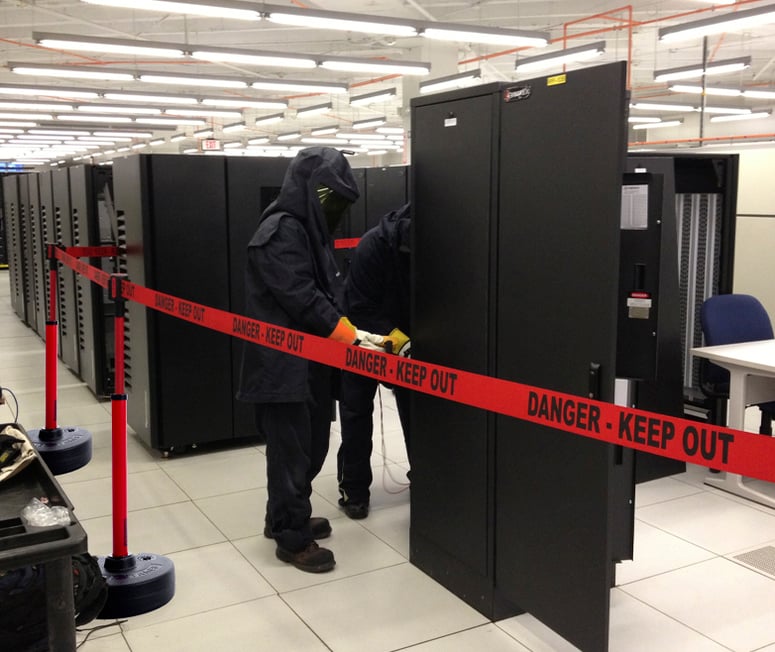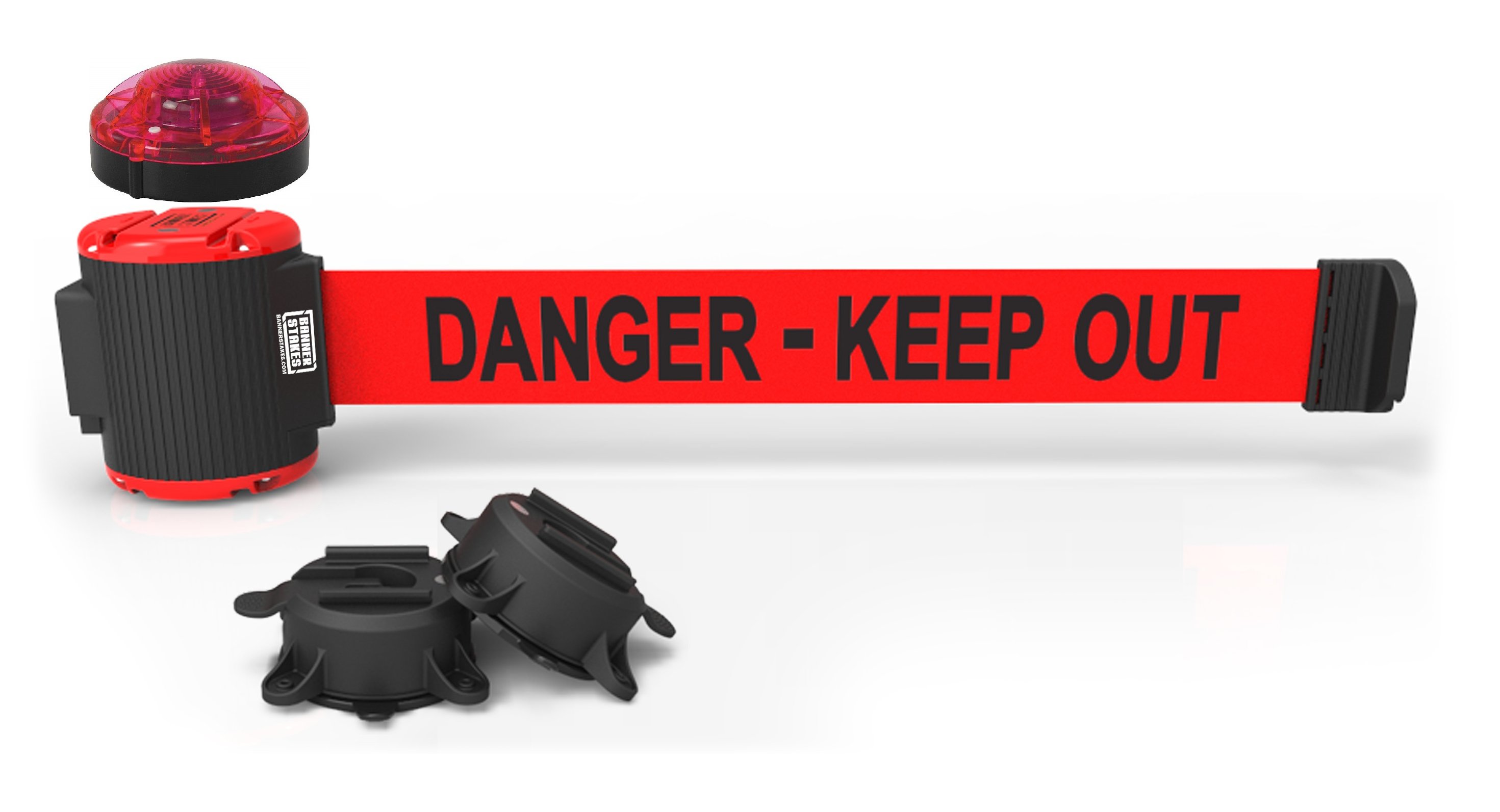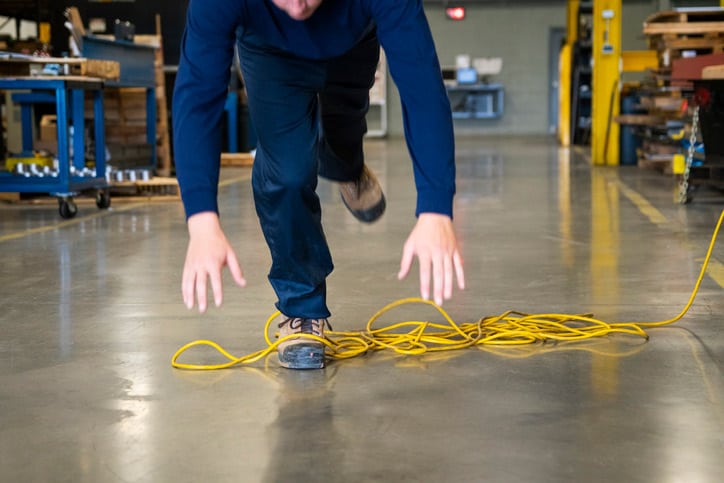We all know that emergencies happen. Many of us have experienced a dangerous emergency first-hand, watched a natural catastrophe unfold on tv, or narrowly avoided disaster ourselves.
Still, even with this knowledge, it can be hard to set aside valuable time, energy, and money to fix a problem that hasn't happened yet.
There are two paths you can take when it comes to emergency planning: the path of preparedness or ignoring the risks and hoping you can figure things out as you go.
And while there’s no benefit to ignoring the risks and hoping things work out for the best after disaster strikes, there are plenty of benefits to being prepared.
Emergency Action Plan – Why Should You Have One?
- Preparedness can save lives.
- Whether you're planning for your family or business, an emergency action plan can help keep your people safe, it's really that simple.
- Emergencies are chaotic. It can be difficult to remain calm enough to formulate good decisions during the height of an emergency situation.
- Having a solid plan of action already in place cuts the confusion and can be a life saver - literally.
- A pre-made plan takes the guess work out of what should be done in the event of an emergency.
- Predetermined escape and evacuation routes can ensure people aren’t trapped in dangerous locations.
- Accessible stores of water and food can prevent people from dehydration and provide much needed supplies. Emergency shelters can keep people out of hazardous weather, and so on.
- Preparation can also reduce fears.
- While there’s no way to completely eliminate the effects of experiencing a traumatic event, proper planning can lessen the fear of the unknown and help all involved reach safety faster.
- It can be very reassuring to know there are procedures in place to help keep everyone safe during an emergency.
- Preparedness can help you recover quicker.
- An emergency plan may also help prepare you for a post-emergency financial fallout, making it easier to recover.
- According to the Federal Emergency Management Agency (FEMA), up to 40% of businesses affected by a natural or human-caused disaster never reopen. Having procedures in place can help minimize the after effects of a disaster so you can get your business up and running again as quickly as possible.
- Preparedness can aid communication.
- The ability to communicate effectively during a disaster can mean the difference between life and death, for both individuals and organizations. From alerting loved ones of safety to coordinating relief efforts, clear and effective communication is vital.
- Including tools in an emergency kit, such as communication barriers, walkie talkies, or a charged cell phone can help make communication easier during a chaotic emergency.
- Highly visible safety communication barriers can help block off dangerous or restricted areas, or conversely, help direct people in the right direction toward safety.
.

(Pictured Above: Safety communication barriers can help block off dangerous or restricted areas during an emergency.)
How to Get Started
The best time to handle an emergency is before it ever takes place.
Before you create your emergency action plan, you'll need to analyze your business and see what potential hazards you face. These can vary depending on the type of business and your location. Some emergency action plans will cover problems dealing with hazardous materials on hand, some will need to deal with issues stemming from older buildings that were built to a lower-standard safety code, and some will need to have strategies in place to prepare for natural disasters more likely in certain areas, such as hurricanes, earthquakes, and tornadoes.
While many things will be different depending on the type of emergency you are preparing for—what you do during a tornado or earthquake will be much different than what you do during a fire or workplace violence incident, for example—some of the basic preparations will be similar for multiple problems. Always provide steps for getting people to safety, whether that means sheltering or evacuating them, and always have a clear and effective plan for communicating with everyone who could be affected.
Be sure to investigate not just what hazards you may face and how to stay safe during them, but also what effects they will have afterward. This should reveal such considerations as what lost income and increased expenses could be caused by your business being shut down for various amounts of time, the effect of lost customers, the delay of new business plans, and other effects of a disruption of service. Be as exact as possible in order to get a good idea of what costs you might accrue so you can most accurately plan for a disaster.
FEMA provides a Business Impact Analysis Worksheet you can distribute to management and any other employees you feel can contribute to your preparations. Download the worksheet here.
Create Your Emergency Action Plan
Once you have identified all of the possible threats you may face and the potential effects, you should come up with responses for the hazards. Here are some tips to keep in mind:
- For emergency situations, have an individual in charge of following and getting others to follow the procedures you outline. For larger companies, you may need more than one, in separate departments or as backups, but in this case make sure the hierarchy is clearly laid out. Employees must know this individual is in charge and has authority during an emergency.
- Ensure the methods for reporting fires and other emergencies are clear, whether it's dialing 911, calling an internal emergency number, pulling a manual fire alarm, or other procedure which may change depending on the type of emergency.
- Create evacuation policies and paths that are clear and easy to follow.
- Have procedures in place for employees who must remain during the beginning of an evacuation to take care of greater hazards. This includes employees who must use fire extinguishers, shut down gas lines and/or electrical systems, or safeguard hazardous materials to keep a bad situation from getting worse.
- Be prepared for the loss of computer hardware, software, and information related to technological disruptions, and find ways to back up and recover it.
- Note who is able to perform medical care, from first aid to CPR, and make sure they are in the proper positions to do so.
- Provide clear communication during and immediately after any dangerous incident.
- Create an emergency kit which includes all the supplies you'll need - such as a flashlight, first aid supplies, food and water, and safety communication barriers.)
OSHA has several resources to help you prepare your emergency action plan.
- Use the Emergency Action Plan Expert System to help you create your plan
- Check to make sure your plan and equipment meets OSHA's standards:
- Ensure your plan is robust using OSHA's Emergency Action Plan Checklist:
Once Your Plan Is Complete
Your emergency action plan provides no benefit if it is simply filed away. It needs to be shared with the entire company for several reasons.
- Every employee needs to know the plan so they can follow it in case of an emergency.
- Company leadership needs to provide whatever resources are necessary to follow it.
- It needs to be subject to review so improvements can be made on an ongoing basis.
- Training needs to be provided. Just as physical exercise allows you to perform physical tasks with less effort, emergency procedure exercises allow the workforce to follow the plan in an actual emergency quickly and efficiently at a time when every second counts.
Continue Monitoring and Improving
This training also tests the plan itself. The individual or committee in charge of emergency response should monitor the training to see where problems might be present that were not obvious during the planning phases.
For instance, fire alarms that were intended to alert everyone to danger might not be noticeable in some parts of the building with loud equipment running. Your emergency action plan should be reviewed often and updated accordingly as situations change.
Safety and Hazard Communication Barriers can help limit confusion during an emergency.
Banner Stakes' barriers are highly effective at communicating hazards to the public and/or creating organized traffic flow to help direct people where they need to go. With robust construction and 2.5" wide retractable belt, these retractable barriers are brightly colored and use easy to read print so they can be seen from a greater distance than most other safety communication barriers on the market.

(Pictured Above: A highly visible danger barrier can help people avoid hazardous areas during a disaster.)
Safety barriers play an important role in emergency preparedness by alerting people which hazardous areas to avoid or by communicating where they need to go to reach safety. If you are interested in including a safety and hazard communication barrier in your emergency supplies kit, reach out to one of our trusted safety experts who can walk you through which barrier best suits your needs. Contact us today to get started!
Would you like help improving your worksite's over all safety program? We're here to help!
Schedule a site walk with us, and we'll build a safety plan tailored to your exact operations and layout.


